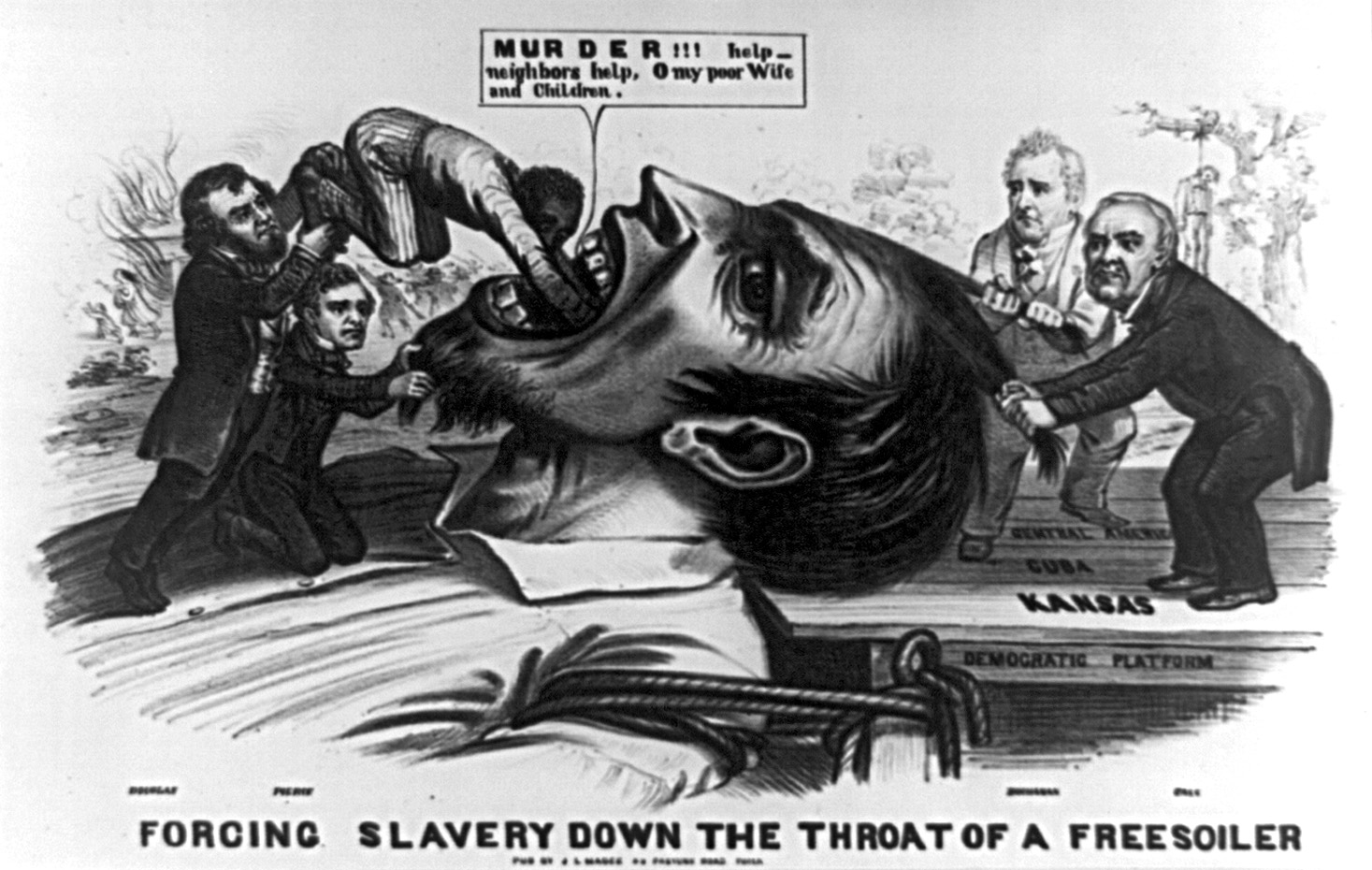 Can't Stop Won't Stop: A History of the Hip-Hop Generation by Jeff Chang
Can't Stop Won't Stop: A History of the Hip-Hop Generation by Jeff Chang I've spent a long time craving the perfect history of hip-hop. Watched a few documentaries here, read a few books there... but never quite satisfied that desire to put it all in context as the sociopolitical movement it's always felt like to me. Until now, that is!
Can't Stop Won't Stop is a dense little volume, telling the story of hip-hop alongside the stories of polarizing housing and economic reforms, police brutality, drug trafficking, and the fight inner-city communities have put up to survive and create meaning via popular cultural movements: music, dance, the visual arts. It's not a quick or easy read, with Chang packing in as much history and context as each page can possibly hold. He has an encyclopedic knowledge of the cultural and political events that birthed hip-hop, and in Can't Stop Won't Stop he gifts that knowledge to us, taking us from 1960s Jamaica to 1990s L.A., with a twenty-year stop in New York on the way.
Chang does skip major artists in his history, which might disappoint some hip-hop fans, but I thought it was a great move in the context of this book. LL Cool J, Biggie, Wu-Tang --they're not really represented here, Chang having opted instead to showcase key artists in depth to emphasize sociopolitical conditions in inner-city communities: Afrika Bambaataa, Public Enemy, Ice Cube. And rather than deifying these hip-hop icons, which could be awfully tempting, Chang offers up a much more complex view of their work, putting it in dialogue with feminists and other activists who've often clashed with their views along the way.
 One of my favorite chapters is about Ice Cube's Death Certificate, the uber-macho gangster rap album that Chang first made me appreciate by showing how it evolved out of the race politics that defined L.A. during the Rodney King era of police brutality. But then, turn the page, and there's a transcript of Ice Cube in conversation with a prominent black feminist who questions his portrayal of women on the album. This is why I loved reading Chang! -- he puts it all in context, but without oversimplifying. He both celebrates the art form and dissects the politics, giving us layers upon layers to unravel.
One of my favorite chapters is about Ice Cube's Death Certificate, the uber-macho gangster rap album that Chang first made me appreciate by showing how it evolved out of the race politics that defined L.A. during the Rodney King era of police brutality. But then, turn the page, and there's a transcript of Ice Cube in conversation with a prominent black feminist who questions his portrayal of women on the album. This is why I loved reading Chang! -- he puts it all in context, but without oversimplifying. He both celebrates the art form and dissects the politics, giving us layers upon layers to unravel.Rachel - Programs












